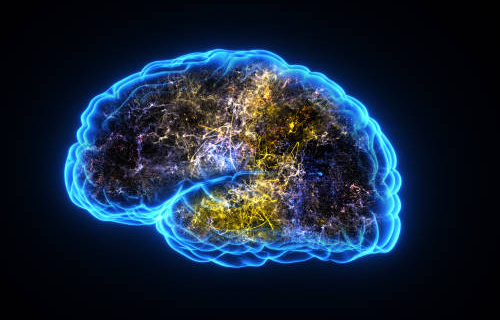
The human brain is one of the most complex organs in the body, comprising billions of cells responsible for thought, emotion, and movement. However, these cells are constantly damaged or dying due to injury, disease, or aging. This is where neural stem cells come into play – they are responsible for the development and regeneration of the brain, providing a critical mechanism for repairing and renewing damaged neural tissue. In this article on the neuroscience network, we will explore the role of neural stem cells in brain development and regeneration.
Understanding Neural Stem Cells and Their Capabilities
Neural stem cells are a type of progenitor cell that can differentiate into various kinds of cells found in the nervous system. These cells are found in specific brain regions, such as the subventricular zone (SVZ) of the lateral ventricles and the hippocampus’s subgranular zone (SGZ). In brain development and regeneration, neural stem cells give rise to all the cells that make up the brain, including neurons, astrocytes, and oligodendrocytes.
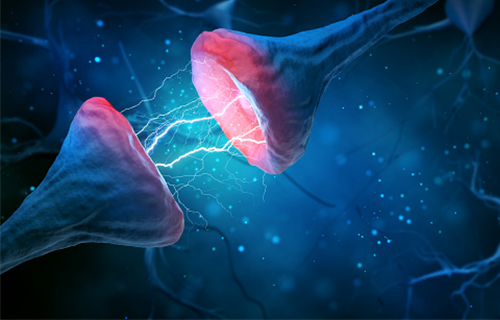
The Process of Brain Development and the Significance of Neural Stem Cells
In brain development and regeneration, neural stem cells divide and differentiate to form the complex network of cells that make up the brain. This process is tightly regulated by various signaling pathways and transcription factors that control the fate of the stem cells. For example, the Notch signaling pathway plays a critical role in maintaining neural stem cells in a proliferative state, while the Wnt signaling pathway promotes their differentiation into neurons.
One of the most critical brain and regeneration development is the formation of synapses, the connections between neurons that allow communication and information processing. Neural stem cells play a crucial role in this process by generating the correct number and types of neurons and ensuring they form connections with other cells.
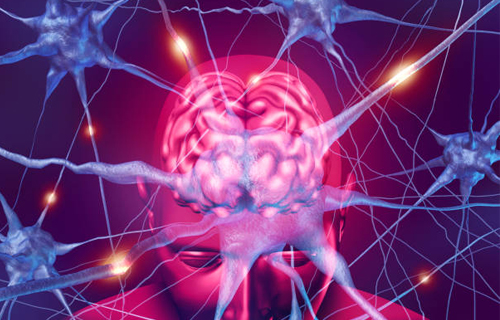
Neural Stem Cells’ Role in Brain Regeneration and Neurodegenerative Diseases
brain development, neural stem cells also play an essential role in Brain Development and Regeneration. When the brain is damaged or injured, neural stem cells can divide and differentiate to replace the lost or damaged cells. This process is known as neurogenesis and can occur in several brain regions, including the hippocampus and the olfactory bulb.
One of the most promising areas of research in neural stem cell-based brain regeneration is in the treatment of neurodegenerative diseases, such as Alzheimer’s and Parkinson’s disease. These diseases are characterized by the progressive loss of neurons in specific brain regions, leading to cognitive and motor dysfunction. Neural stem cell transplantation has shown promise in animal models of these diseases by replacing the lost neurons and restoring brain function.
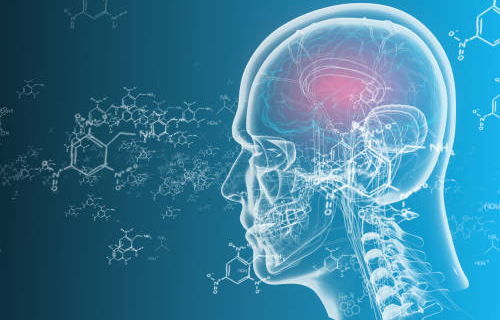
Overcoming Challenges and Future Directions in Neural Stem Cell Research
While neural stem cell-based brain development and regeneration shows great promise, several challenges still need to be addressed. One of the biggest challenges is ensuring the transplanted cells integrate correctly into the existing neural network and form functional connections with other cells. In addition, there is a risk that the transplanted cells may form tumors or trigger an immune response in the host.
To overcome these challenges, researchers are exploring various approaches to improve the survival and integration of transplanted cells. These include using scaffolds and biomaterials to provide a supportive environment for the cells, genetic modification to enhance their survival and integration, and using drugs to modulate the immune response.
In the future, neural stem cell-based therapies may be combined with other approaches, such as gene therapy and optogenetics, to enhance their efficacy. For example, researchers are exploring optogenetics to control the activity of transplanted cells and promote their integration into the existing neural network.
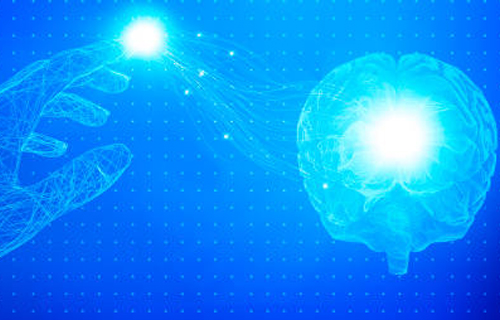
Conclusion:
In conclusion, neural stem cells are critical in brain development and regeneration. They provide a mechanism for repairing and renewing damaged neural tissue and potentially revolutionizing the treatment of neurodegenerative diseases. While there are still challenges to overcome, the future looks promising for neural stem cell-based therapies in brain development and regeneration.

